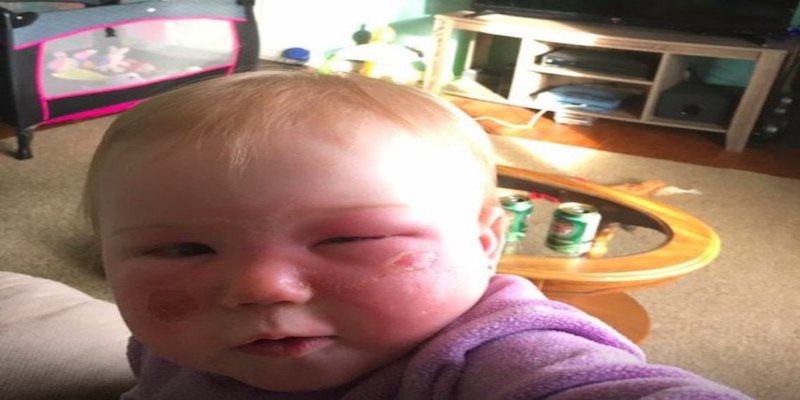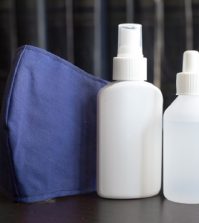- Study Says Most Parents Don’t Use Car Seats In Ride Share Vehicles Like Uber
- This 12-Year-Old Boy Is A Sophomore Aerospace Engineering Major!
- Fire Safety Experts Warn Of Hand Sanitizer Danger After A Mom and Kids Escape House Fire
- Recall Alert: Peaches May Be The Cause Of Salmonella Outbreak, 68 People Ill
- Summer Vacation In The Days Of COVID: Tips To Stay Safe
- How To Safely Grocery Shop During The Coronavirus Pandemic
- Michigan Teen With Vape-Related Illness Undergoes Double Lung Transplant
- Teen Kicks Off Anti-Vaping Campaign From Hospital Bed
- Teenager Receives Life Sentence For Strangling Sister To Death Over A Wi-Fi Password
- Toddler Falls To Death From 11th Deck of Cruise Ship
Mother Mortified After Child-Friendly Sunscreen Gives Her Toddler 2nd Degree Burns


A mom in Canada has an important warning others about the dangers of sunscreen.
Rebecca Cannon used the sunscreen her sister had at her house to protect her daughter, however the Banana Boat Kids SPF50 she put on her 14-month-old daughter’s face caused a severe burn.
Over some time after Cannon had applied some of the sunscreen lightly on her daughter’s face, the girl’s skin began to change:
“As the day went on, she got a little redder and redder and the next morning she woke up and was swollen, she was bright red, there were blisters starting to pop up.”
She took her daughter, Kyla, to the doctor, where she was told the 14-month-old had second-degree burns. The doctor told Cannon the burns could have been caused by a severe allergic reaction:
“He said in some babies, there has been other cases of burns caused by sunscreen.”
The mother was given an antihistamine cream to help bring down the swelling on Kyla’s face and prescribed a steroid.
As CBC News reported, the Banana Boat website describes the spray Cannon used as the “perfect sunscreen that’s gentle on kids’ skin, yet powerful enough to provide protection.”
However, the product is not specifically designed for babies.
Cannon conceded that she knew her daughter should have been wearing baby sunscreen, but it was not available to her at the time.
A Banana Boat representative said in a statement to CBC News:
We are greatly concerned when any person encounters a reaction using our products. We have spoken with the consumer and asked for the product so that our quality assurance team can look into this further. Without examining the product, it is difficult to determine what may have caused the problem as described.
The mother said the company offered a refund with a paid postage box to return the sunscreen she used. But for her, this is certainly not enough.
In order to keep your child safe, Cafe Moms recommends researching products before purchasing and then performing a “spot test” — where you apply the sunscreen on a small portion of the child’s skin. This is to ensure that he or she does not have an adverse reaction.









0 comments